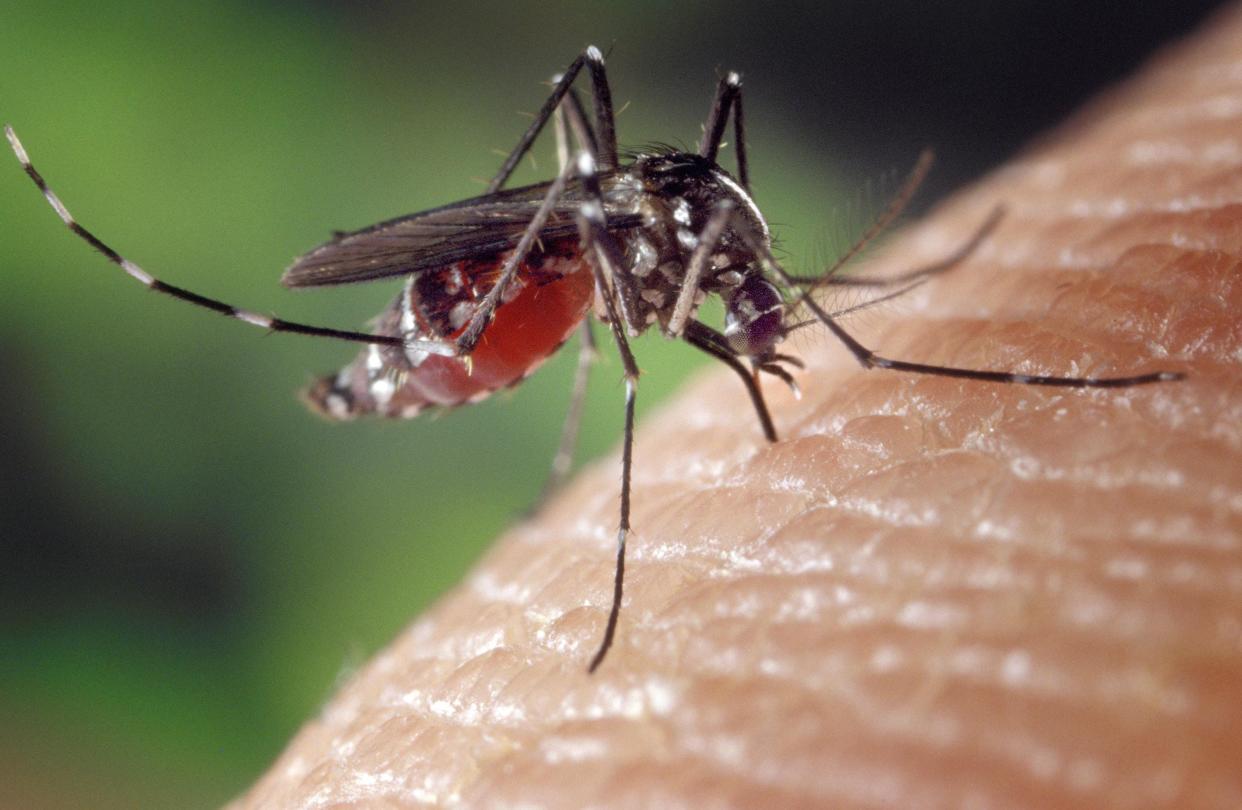Active Fit: Mosquito- and tick-borne illnesses

Insect bites or stings can be irritating ailments for children when spending increased time outdoors during the warm summer months. These bites can cause pain, itching, redness, or swelling that is bothersome for a few days before improving with time. However, bites from disease-carrying insects, such as mosquitoes and ticks, can cause illness. Recent healthcare studies show that mosquito- and tick-borne illnesses continue to increase in Ohio, making it important for parents to know which illnesses may affect children and how to prevent a mosquito or tick bite.
Mosquitos and ticks spread viruses that cause illness by biting or latching onto the skin. Some viruses may be more common in the United States than in other countries. Certain species of these bugs are more likely to spread viruses such as Lyme disease and arboviruses. Deer ticks typically carry Lyme disease that causes flu-like symptoms and a rash with a bull’s-eye appearance. If left untreated, it can spread to the joints, heart, and nervous system and cause health complications. Arboviruses classify a group of viruses spread to humans from arthropod insects, such as mosquitoes and ticks, and can cause several illnesses such as Eastern and Western equine encephalitis, West Nile, and La Cross. Some infected with arboviruses may be asymptomatic or cause flu-like symptoms, and most children will make a full recovery. In rare cases, some may deal with more severe symptoms that can be avoided with the proper precautions.
Parents and children can work together to help decrease the risk of contracting the aforementioned illnesses by following the below tips:
Keep lawns mowed and raked, and maintain trimmed bushes and trees. Ticks typically live in tall grass, leafy, or wooded locations and can climb onto clothes if a child brushes against such areas.
If walking outdoors or at a park, stay in the center of trails.
In the spring or fall with comfortable temperatures, wear long clothing, such as pants, shirts with full sleeves, and socks. During the summer months with warm or hot temperatures, utilize an Environmental Protection Agency-approved insect repellent frequently, and apply according to the directions provided. Please read the Active●Fit sidebar article for more information about insect repellents.
Wearing light-colored clothing can help to reveal ticks before they crawl onto skin.
Treat pets with tick and flea repellents as recommended by a veterinarian. If pets are untreated, ticks and fleas latch onto them and are brought into the house.
Children should bathe or shower after spending time outdoors to wash away potential insects. Clothes should be inspected for ticks.
When finding a tick on clothing or the skin, use fine-tipped tweezers to remove the tick as close to the skin’s surface as possible, and pull away from the skin. Dispose the tick by placing it in alcohol or a sealed bag or container, flush it down the toilet, or wrap tightly in tape. If a mosquito is found on the skin, direct your child to flick or swat the mosquito away from the site – do not squish the mosquito on the skin.
There are numerous viruses that mosquitoes and ticks can carry and transmit to humans. Because children commonly spend increased time outdoors during the warmer months, parents should encourage the proper precautions for protection against mosquito- or tick-borne illnesses. For any questions regarding such illnesses, contact the child’s primary care provider
This article originally appeared on Newark Advocate: Active Fit: Mosquito- and tick-borne illnesses

